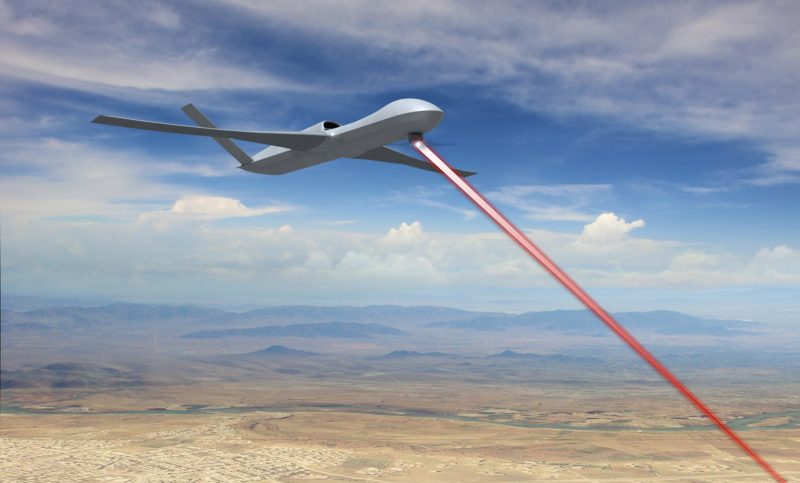Technology in the modern world is constantly in fluxâ changing, improving, speeding up, and getting smaller. It seems that researchers are constantly finding new ways to make components faster, more compact, or more efficient. Check out these new strides in optics technology and their potential ramifications for the future.
Optics in Drone Deployment
In the United States, Precision Hawk, a company involved in Unmanned Aerial Vehicle technologies, is using brand-new optics tech to help vineyard owners manage their crops more effectively. Originally, the UAVs used over the vineyards served as high-tech scarecrows, frightening away birds that had their eyes on the juicy grapes. The UAVs also collected data for vineyard owners. The Lancaster Mark III UAV contains superior optics technology that enables it to gather high-resolution remote-sensing data, even while flying high above the ground. In addition to hyperspectral sensors, the unit is equipped with planar and line-scanning sensors to help it “see.”
Individuals who work in agriculture, forestry, insurance, land surveying, and similar fields can see the benefits of these high-tech drones for surveillance and data collection, but Federal Aviation Administration regulations have not yet caught up to the market need.
A Breakthrough with Metalenses
How small can you go? Scientists keep finding ways to make things smaller, lighter, and more compact; and camera lenses are no exception. One recent breakthrough in the field of optics technology is the creation of the metalens.
Metalenses are not layers of curved glass, as you might suppose from the typical concept of a “lens.” Instead, these tiny lenses are constructed using a sheet of crystal-clear quartz, not even as thick as one human hair. That’s almost too small to see with the naked human eye. Each of these wisp-thin sheets of quartz bears a coating of miniscule titanium dioxide pillars, all standing upright in lines like dominoes. The pillars and the quartz sheet together render the same effect that a traditional lens would have. Believe or not, the image quality captured with metalenses surpasses that of a regular camera lens.
Since they are so tiny, these metalenses could be incorporated into almost anythingâ surgical tools, tiny drones, or factory equipment. In the future, clunky security cameras could eventually be replaced with much smaller, more subtle surveillance options.
Optics and Infrared Detectors
Soldiers, law enforcement officers, and other individuals who work at night or in dark places have need of night vision technology so that they can perform their tasks successfully. With new strides in optics technology, the commonly used and highly expensive infrared (IR) devices may become much more cost-effective. One company discovered that etching grooves on the ultra-thin film of an IR detector allows for better light redirection and absorption. It’s a ground-breaking discovery that dramatically boosts the effectiveness of the infrared tech and keeps the temperature of the device low without necessitating a lot of expensive absorbers and heat dampeners. With this optics technology, the IR detectors could be made more cheaply and compactly, benefiting not only the governments that pay for the equipment but also the men who have to carry the devices with them for their work.
These steps forward in the field of optics have a direct impact on the future of our society. Have you heard of additional uses for the latest optics technologies?









